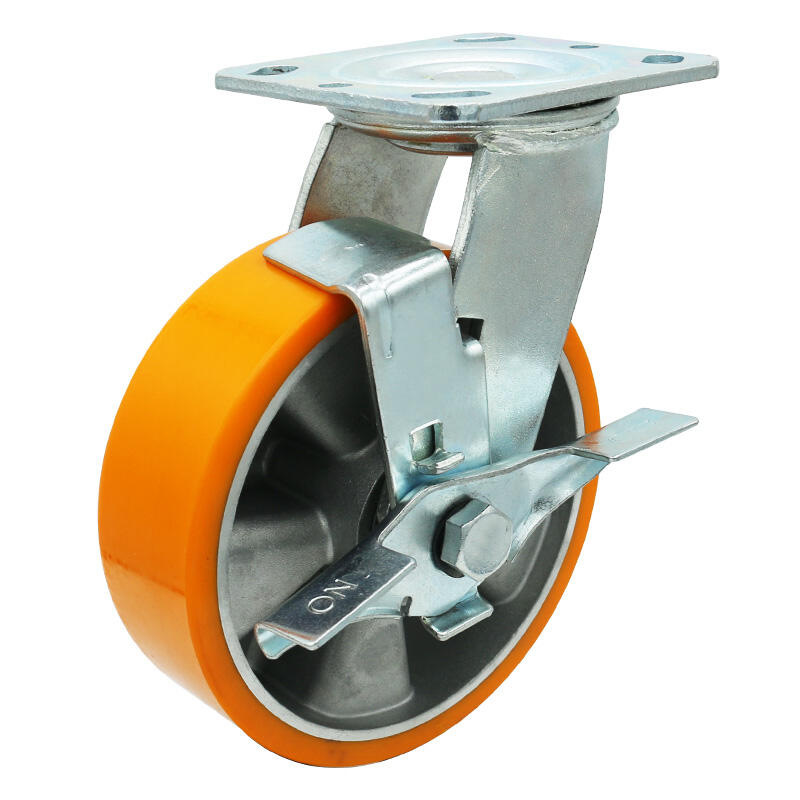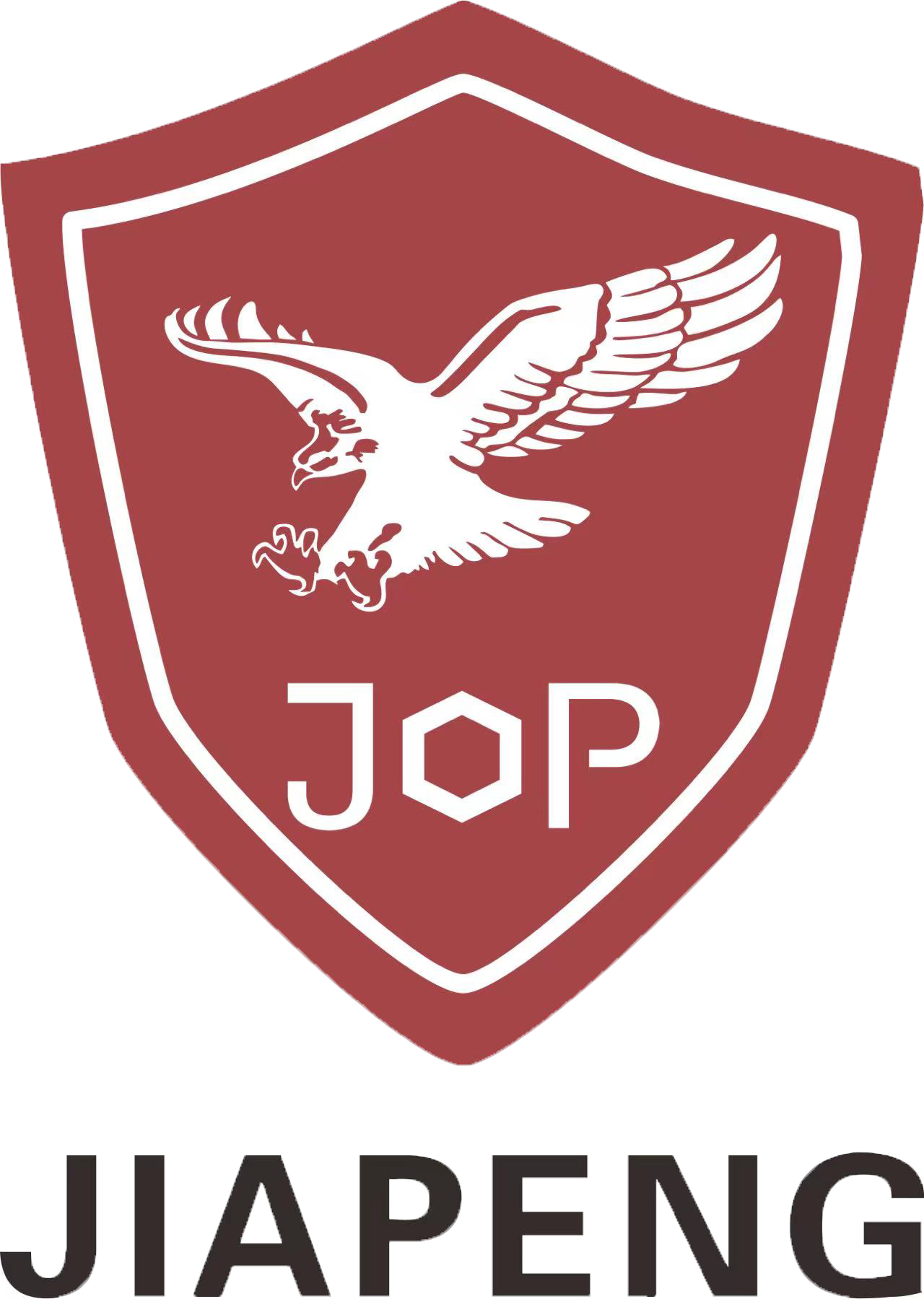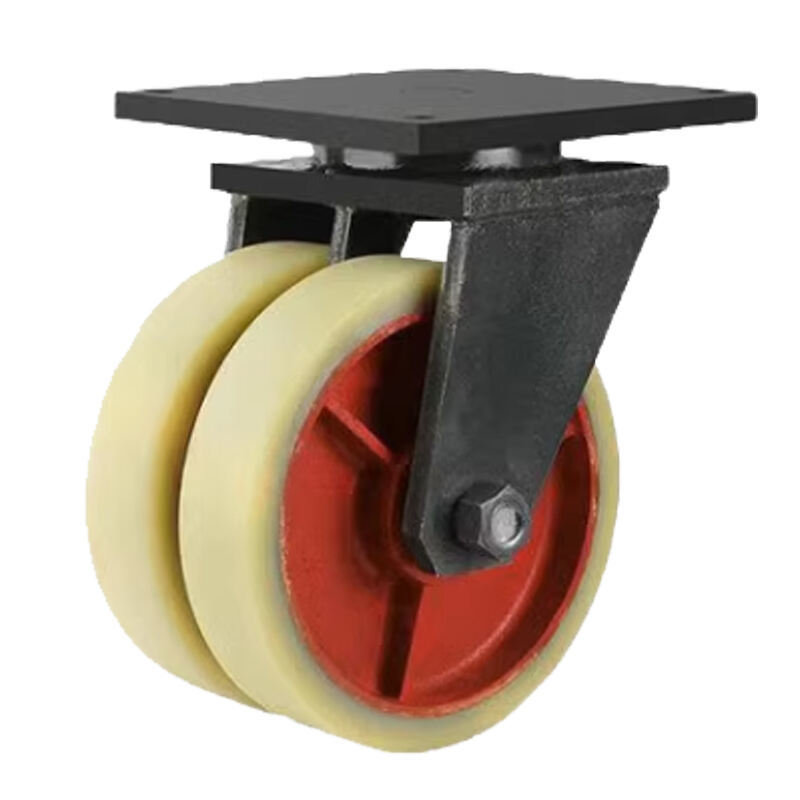Industrial operations demand equipment components that can withstand extreme conditions, heavy loads, and continuous use. A heavy duty caster wheel represents the backbone of material handling systems, supporting thousands of pounds while maintaining smooth mobility across factory floors, warehouses, and manufacturing facilities. The durability and reliability of these specialized wheels directly impact operational efficiency, safety standards, and long-term cost management in commercial environments.
Understanding what separates exceptional heavy duty caster wheels from standard alternatives requires examining multiple engineering factors. These components must deliver consistent performance under demanding conditions while resisting wear, corrosion, and mechanical failure. The integration of advanced materials, precision manufacturing, and innovative design features determines whether a caster wheel will provide years of reliable service or require frequent replacement.
Material Construction and Engineering Excellence
Advanced Wheel Materials
The foundation of any reliable heavy duty caster wheel begins with superior material selection. High-grade polyurethane compounds offer exceptional load-bearing capacity while maintaining floor surface protection. These materials resist chemical exposure, temperature fluctuations, and abrasive conditions commonly encountered in industrial environments. Premium polyurethane formulations provide superior elasticity, allowing wheels to absorb impact forces without cracking or permanent deformation.
Steel-core construction within polyurethane wheels creates optimal strength-to-weight ratios. The steel insert distributes loads evenly across the wheel structure, preventing localized stress concentrations that could lead to failure. This hybrid approach combines the durability of metal with the surface-friendly characteristics of elastomeric materials. Advanced bonding techniques ensure permanent adhesion between steel cores and polyurethane treads, eliminating delamination risks.
Frame and Mounting Components
Heavy duty applications require robust mounting hardware manufactured from high-strength steel alloys. Precision-welded frames provide superior load distribution compared to bolted assemblies, eliminating potential failure points under extreme stress. The frame geometry must accommodate bearing assemblies while maintaining structural integrity during side-loading conditions. Corrosion-resistant coatings protect steel components from environmental degradation in harsh industrial atmospheres.
Top plate dimensions and thickness directly influence mounting stability and load transfer characteristics. Oversized plates distribute mounting forces across larger areas, reducing stress concentrations in equipment frames. Reinforcement ribs within plate structures provide additional strength without adding excessive weight. The mounting hole patterns must align with industry standards while providing sufficient material around fastener locations to prevent pull-through failures.
Load Capacity and Performance Specifications
Dynamic Load Ratings
True heavy duty performance requires caster wheels capable of supporting substantial dynamic loads without compromising mobility. Load ratings must account for impact forces, acceleration stresses, and uneven weight distribution scenarios common in industrial applications. A quality heavy duty caster wheel system incorporates safety factors that exceed published ratings, ensuring reliable operation even under unexpected load spikes.
Bearing assemblies play critical roles in maintaining performance under heavy loads. Precision ball bearings or roller bearings distribute rotational forces while minimizing friction and heat generation. Sealed bearing designs prevent contamination from dust, moisture, and chemical exposure that could compromise performance. Regular lubrication intervals and bearing replacement schedules help maintain optimal rolling resistance and extend operational life.
Speed and Maneuverability Considerations
Heavy duty caster wheels must balance load capacity with operational speed requirements. Larger diameter wheels roll more easily over surface irregularities and obstacles, reducing the force required for equipment movement. The relationship between wheel diameter, load capacity, and rolling resistance determines overall system efficiency. Proper wheel selection prevents excessive operator fatigue while maintaining safe handling characteristics.
Swivel mechanism precision affects maneuverability in confined spaces and during complex material handling operations. High-quality swivel bearings utilize multiple ball or roller elements to distribute turning forces evenly. Proper lubrication and seal design prevent contamination while maintaining smooth rotation throughout the operational temperature range. Swivel locks provide stability during stationary operations while allowing controlled directional movement when required.

Shock Absorption and Vibration Control
Spring-Loaded Suspension Systems
Advanced heavy duty caster wheel designs incorporate spring-loaded suspension elements that absorb impact forces and reduce vibration transmission. These systems protect both the transported materials and the underlying floor surfaces from damage during movement over uneven terrain. Coil springs or elastomeric dampening elements compress under load, smoothing out surface irregularities and reducing noise levels in operational environments.
Suspension travel distance must balance impact absorption with overall system stability. Excessive suspension travel can create instability during directional changes, while insufficient travel fails to provide adequate protection. Adjustable spring preload settings allow customization based on typical load weights and surface conditions. Progressive spring rates provide optimal comfort under normal conditions while preventing bottoming out during severe impacts.
Dampening Technologies
Integrated dampening systems control spring oscillations and prevent bouncing during transport operations. Hydraulic or friction dampeners absorb energy from spring compression and extension cycles, providing smooth and controlled movement. These components require minimal maintenance while delivering consistent performance across temperature ranges and operational speeds. Sealed dampener designs resist contamination and maintain effectiveness throughout extended service intervals.
Elastomeric dampening materials offer maintenance-free alternatives to mechanical systems. Advanced polymer compounds provide predictable dampening characteristics while resisting environmental degradation. The durometer and thickness of elastomeric elements determine dampening rates and overall system response. Proper material selection ensures optimal performance across anticipated load ranges and environmental conditions.
Environmental Resistance and Durability Features
Corrosion Protection Systems
Industrial environments expose heavy duty caster wheels to corrosive chemicals, moisture, and temperature extremes that can rapidly degrade unprotected components. Multi-layer coating systems provide comprehensive protection against environmental attack. Zinc plating serves as a sacrificial layer that prevents base metal corrosion, while powder coating topcoats provide chemical resistance and enhanced appearance retention.
Stainless steel construction eliminates corrosion concerns in highly aggressive environments. Austenitic stainless grades offer superior chemical resistance while maintaining adequate strength characteristics. The additional material cost is often justified by extended service life and reduced maintenance requirements. Proper grade selection ensures optimal performance in specific chemical exposure scenarios.
Temperature Performance Characteristics
Heavy duty caster wheels must maintain performance across wide temperature ranges encountered in various industrial applications. Low-temperature environments require materials that resist brittle failure, while high-temperature exposure demands heat-resistant compounds. Specialized polyurethane formulations maintain flexibility and load-bearing capacity from sub-zero conditions to elevated temperatures exceeding normal ambient ranges.
Bearing lubrication systems must accommodate temperature variations without losing effectiveness. Synthetic lubricants provide superior performance across extended temperature ranges compared to conventional petroleum-based products. Sealed bearing designs prevent lubricant migration while maintaining proper viscosity characteristics. Temperature-compensated sealing systems expand and contract with thermal cycles while maintaining contamination protection.
Maintenance Requirements and Service Life
Preventive Maintenance Protocols
Maximizing heavy duty caster wheel service life requires implementing systematic maintenance protocols tailored to operational conditions. Regular inspection schedules identify wear patterns, damage, and potential failure modes before they impact system performance. Visual examinations should focus on wheel tread condition, bearing operation, and mounting hardware integrity. Early detection of problems allows corrective action before complete component failure occurs.
Lubrication maintenance varies based on bearing type and environmental exposure conditions. Sealed bearings typically require no maintenance throughout their service life, while serviceable bearings benefit from periodic relubrication. Proper lubricant selection and application quantities prevent both under-lubrication failures and over-lubrication problems. Contamination prevention through effective sealing systems reduces maintenance frequency and extends component life.
Replacement Indicators and Service Intervals
Establishing replacement criteria based on measurable wear indicators prevents unexpected failures that could disrupt operations. Wheel diameter reduction due to tread wear affects load capacity and rolling characteristics. Predetermined replacement thresholds ensure performance standards are maintained throughout the service interval. Bearing noise levels and rotation smoothness provide early warning of impending failure conditions.
Service life expectations vary significantly based on load conditions, environmental factors, and maintenance practices. Quality heavy duty caster wheels in properly maintained applications often exceed manufacturer specifications by substantial margins. Tracking actual service intervals helps optimize replacement schedules and identify opportunities for specification improvements. Cost-per-operating-hour calculations provide objective criteria for component selection and replacement decisions.
FAQ
What load capacity should I specify for my heavy duty caster wheel application?
Load capacity selection should include safety factors beyond the actual weight requirements. Calculate the total equipment weight plus maximum payload, then add 25-50% safety margin to account for impact forces and uneven loading conditions. Consider dynamic factors such as acceleration, deceleration, and directional changes that can increase effective loads. Consult manufacturer specifications to ensure selected wheels meet or exceed calculated requirements with appropriate safety margins.
How do I determine the optimal wheel diameter for my application?
Larger diameter wheels roll more easily over obstacles and surface irregularities while reducing rolling resistance under heavy loads. However, larger wheels require more mounting space and may increase overall equipment height. Consider floor surface conditions, typical obstacles, load weights, and available mounting space when selecting diameter. Generally, 6-8 inch diameters provide good balance between performance and practicality for most heavy duty applications.
What maintenance is required to maximize caster wheel service life?
Regular visual inspections should check for wheel wear, bearing noise, and mounting hardware tightness. Remove debris from wheel treads and swivel mechanisms that could cause premature wear. Lubricate serviceable bearings according to manufacturer recommendations using appropriate lubricant types. Monitor load conditions to prevent overloading that could accelerate wear or cause premature failure. Replace wheels when tread wear exceeds acceptable limits or bearing performance degrades.
Can heavy duty caster wheels be repaired or must they be replaced when damaged?
Minor wheel damage such as small cuts or chips in polyurethane treads may be repairable using specialized repair compounds. However, significant tread wear, bearing failure, or structural damage typically requires complete wheel replacement. Frame components may be serviceable if bearing races and mounting hardware can be replaced. Cost analysis often favors replacement over repair for severely damaged units, especially considering labor costs and reliability concerns with repaired components.

